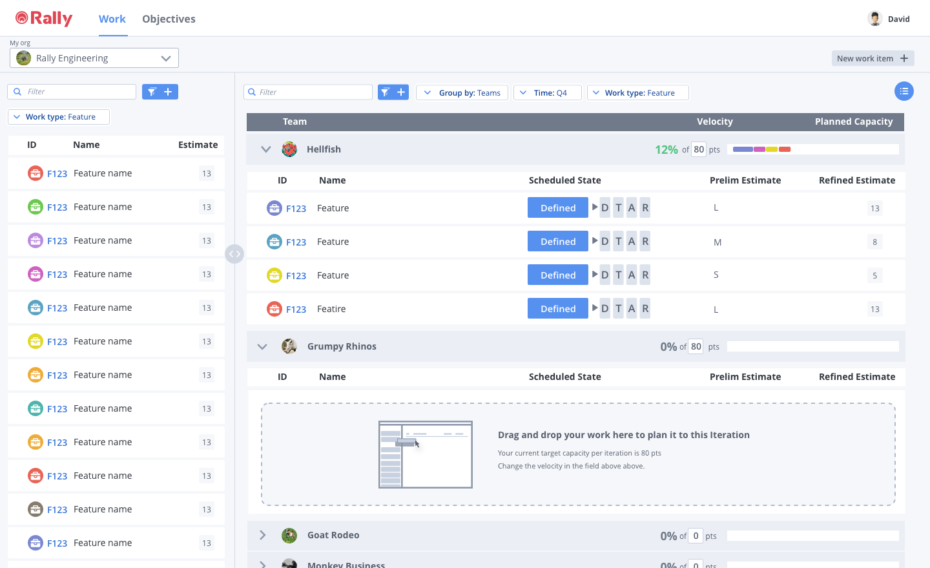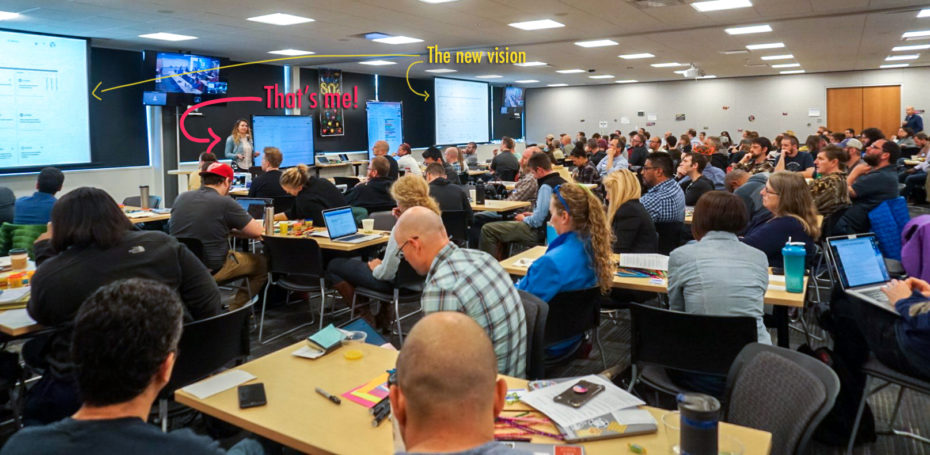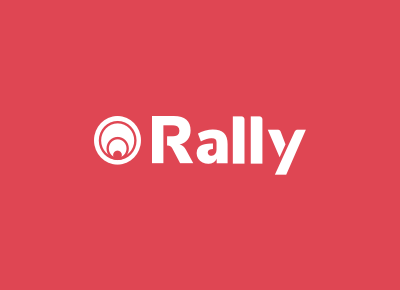Why does this story matter:
In this case study, UX finally got the opportunity to make impact when it matters, at the beginning of the product development process. Against all odds, I have been determined to lead a true cross-functional effort to create a new vision for a SaS tool that was in dire need for a change. We embarked in a journey to totally overhaul of our product, a new vision. I am very proud to say that today, we are building that vision.
I was hired to lead the UX strategy and the team at a pivotal moment in the product. The org went from the familiar scenario: PM dictating requirements, UX producing bad individual features and handed off to engineers to implement. My director cleared a runway for me to lead, and I brazenly stepped in and made a lasting impact in the organization. The product was radically transformed by arming development teams with a bias toward action and the autonomy to prioritize ruthlessly, with the user experience being at the center of all the decisions we make.
Context:
Rally software is a provider of cloud-based solutions for agile lifecycle management tools and helping organizations scale the agile framework (SAFe). Rally’s differentiator is its ability to flow data from multiple levels in an organization: from the portfolio, program and team levels and back up. Rally’s business has been suffering over the last few years; competitors such as Atlassian (JIRA) dominate the team space. Our tool was extremely powerful, but out users begrudgingly used it, complaining that it was convoluted and hard to use. New features that had been released had slow and low adoption.

Socializing the new vision with all of R&D and customers during Big Room Planning (quarterly planning event).
Approach:
A small, cross-functional skunkworks-type team was formed to come up with a new vision. Leadership handed the group a match and said: “burn the product to the ground and build something new. Our business goal was to improve subscription revenue, reduce churn, and re-establish the product as a market-leader.
I made sure we started our entire endeavor with the user. The researchers aggregated data from customer pain points surveys + NPS, product feedback, and historical knowledge about the product. This way we could focus on solutions to customer challenges and pain points, and use our customers, rather than chase shiny pennies and get distracted.
We needed to simplify the tool, we architected a flexible, extensible framework (feels light and simple to user but gives them powerful view of their data in ways they prefer).
Create efficiency and consistency by creating reusable front-end components, we also implemented the corporate design system.
Challenges:
- Legacy tool has been around for 17 years. The org and the tool had a lot of baggage and strong opinions about the functionality.
- A PM org with poor leadership that had gotten into bad habit and who were not accustomed to collaborating
- An engineering org who felt they didn’t have ownership of the work and had grown frustrated
- A very small UX presence, historically were treated as producers of mocks.
- Previous UX strategy efforts (since 2014) to change the product vision had all failed to gain traction they deserved
- A difficult acquisition mid-stream of the redesign resulted in a really high attrition rate. Went from a UX team of 6 to 3 (1 designer, 1 researcher and 1 manager). Design to dev ratio: 1:46 // UX to PM ratio: 3:8
- Balancing strategic/innovative work with execution work (pushing pixels), while moving really fast as development nips at our heels.
What I did:
- Led cross-functional team through exercises and workshops for 3 months to define a new product strategy based on the business goals and customer challenges.
- Guided PM to use hypothesis statements instead of pitching “cool ideas”. Because we had collected and ranked the customer challenges and other data, PM was forced to answer “what problem does that solve for our customer” and if we do, how will we know we are right.
- Define MVP of capabilities based on data collected with the group.
- Led the UX team through multiple exercises to define workflows, concepts, wireframes and prototypes that were instrumental in selling the vision.
- Pitched vision and early concepts to sr. executive members of the org, subsequently presented the vision to the rest of the org.
- Convinced leadership to run 3 concurrent design sprints to validate high risk/high value solutions.
- Co-created a new process called ‘Innovation Sprints’, designed to help small UX team innovate, move fast, maximize collaboration with engineering without taking up all their time all while supporting them during implementation of current work.
- Design pixel-perfect mocks implementing the design pattern library for all new screens as the first product under the portfolio to consume the new UI.
- Created prototypes to communicate the refined vision, the UI framework and front-end components.
- Supported engineering during the development of an end to end demo of working software of the new product for a very important marketing milestone: the Agile 2018 conference.
- Influenced the structure and architecture of the new data model and backend in order to allow flexibility to satisfy our use cases.
Results
- The demo of the new product we completed for Agile 2018 conference lead to:
- 208 Marketing Qualified Leads
- 11 Sales accepted opportunities (Pipeline)
- $5MM Projected Pipeline Influence (Objective was $3.85MM)
- Dozens of customers signed up for the Beta release customers list including: Visa, Cisco, ADP, Amex, USAA, T-Mobile, Optum, GE Healthcare, etc
- During the acquisition by Broadcom, our customers were so excited about the new product, Broadcom recognized that the Rally product would be a key piece of their new Enterprise Software Portfolio, hence deciding against divesting Rally.
- Internal culture was shifted away from a “feature factory” toward an outcome-driven organization, laser-focused on the value we provide our customers.
- The product development process has been radically transformed to be truly cross-functional, with user experience, product management and engineering working together.
- In current development of our Beta experience that’s due August 2019
Currently
- As sole designer at Rally, I have to balance my time to simultaneously design execution level work and strategic and innovation ideas; all while moving fast for 3 development teams. I also iterate designs based on user test findings with our beta customers.
- Negotiate with Product Management on ruthless prioritization and order of initiatives (feature capabilities) in order to meet our launch date but also satisfy our customers’ needs.
- Support dev teams with their implementation of designs.
- Collaborate with the user researcher on test plans
- Inform what will get into the user research track, for both generative, long-term conceptual understanding, immediate validation, and usability testing needs.


Comments are closed.